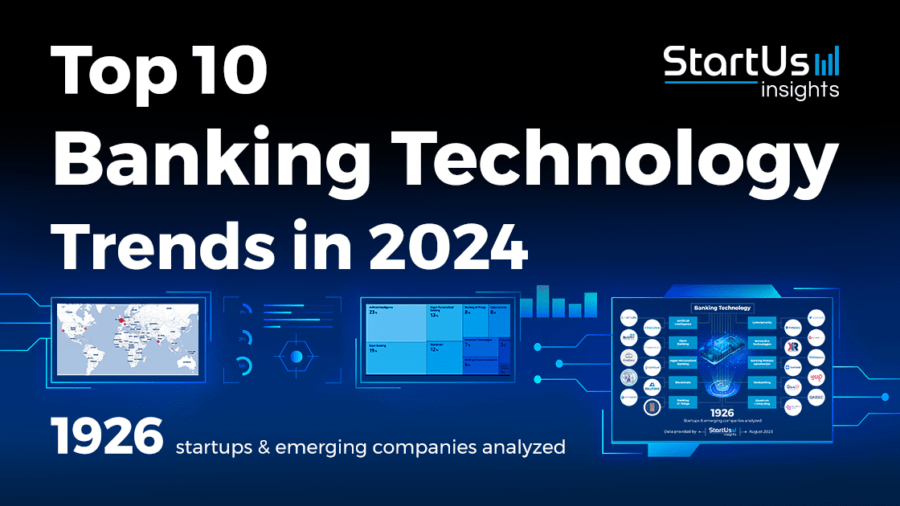Banking on the Future: Trends and Innovations to Watch
Banking on the Future: Trends and Innovations to Watch
The banking industry is undergoing a significant transformation, driven by technological advancements, changing consumer behavior, and shifting regulatory landscapes. As the sector continues to evolve, it’s essential to stay ahead of the curve and understand the trends and innovations that will shape the future of banking. In this article, we’ll explore the key trends and innovations that are transforming the banking industry and what they mean for consumers, businesses, and financial institutions.
Digitalization and Mobile Banking
The rise of digital banking has revolutionized the way consumers interact with their financial institutions. Mobile banking apps have become the norm, allowing customers to manage their accounts, pay bills, and transfer funds on-the-go. Banks are now investing heavily in digital platforms, artificial intelligence, and machine learning to enhance the customer experience, improve operational efficiency, and reduce costs.
Fintech and Partnership
Fintech companies have disrupted traditional banking models by offering innovative financial solutions, such as peer-to-peer lending, digital wallets, and cryptocurrency trading. In response, banks are partnering with fintech startups to stay competitive and leverage their expertise. This collaboration is driving innovation, improving customer experience, and increasing efficiency.
Artificial Intelligence and Machine Learning
Artificial intelligence (AI) and machine learning (ML) are transforming the banking industry by enabling personalized customer service, fraud detection, and risk management. AI-powered chatbots are being used to provide 24/7 customer support, while ML algorithms are helping banks to identify and prevent fraudulent transactions.
Blockchain and Cryptocurrency
Blockchain technology, the underlying infrastructure for cryptocurrencies like Bitcoin, is gaining traction in the banking industry. Banks are exploring the potential of blockchain to improve security, transparency, and efficiency in transactions, as well as to develop new financial products and services.
Open Banking and APIs
Open banking, also known as open API banking, is a trend that allows third-party developers to access a bank’s customer data and services through APIs. This enables the creation of innovative financial products and services, such as personalized financial planning and investment advice.
Sustainability and Environmental, Social, and Governance (ESG)
The banking industry is increasingly focusing on sustainability and ESG considerations. Banks are investing in green initiatives, such as renewable energy and sustainable infrastructure, and incorporating ESG factors into their lending and investment decisions.
Regulatory Environment
The regulatory landscape is also undergoing significant changes, with a focus on digitalization, cybersecurity, and consumer protection. Banks must comply with new regulations, such as the European Union’s Payment Services Directive (PSD2) and the General Data Protection Regulation (GDPR).
Conclusion
The future of banking is exciting and rapidly evolving. As the industry continues to transform, it’s essential for financial institutions to stay ahead of the curve and adapt to changing consumer behavior, technological advancements, and regulatory requirements. By embracing innovation and partnering with fintech startups, banks can improve customer experience, increase efficiency, and drive growth. As the banking industry continues to evolve, one thing is clear: the future is bright, and the possibilities are endless.






